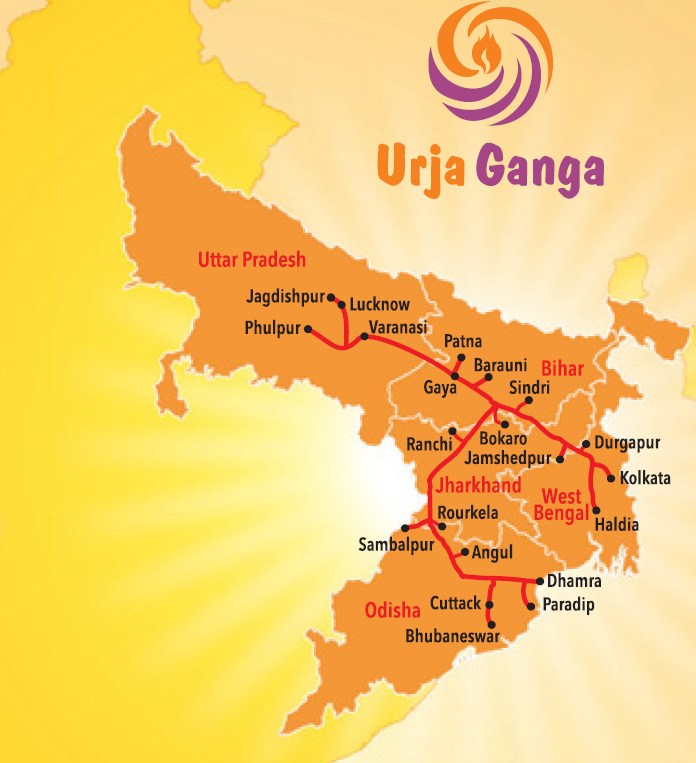7667766266
enquiry@shankarias.in
NAG missile
Deworming Programme
Solar Charkha Mission
Atal Bimit Vyakti Kalyan Yojana (ABVKY)
Pradhan Mantri Urja Ganga Project

Source: PIB, The Indian Express